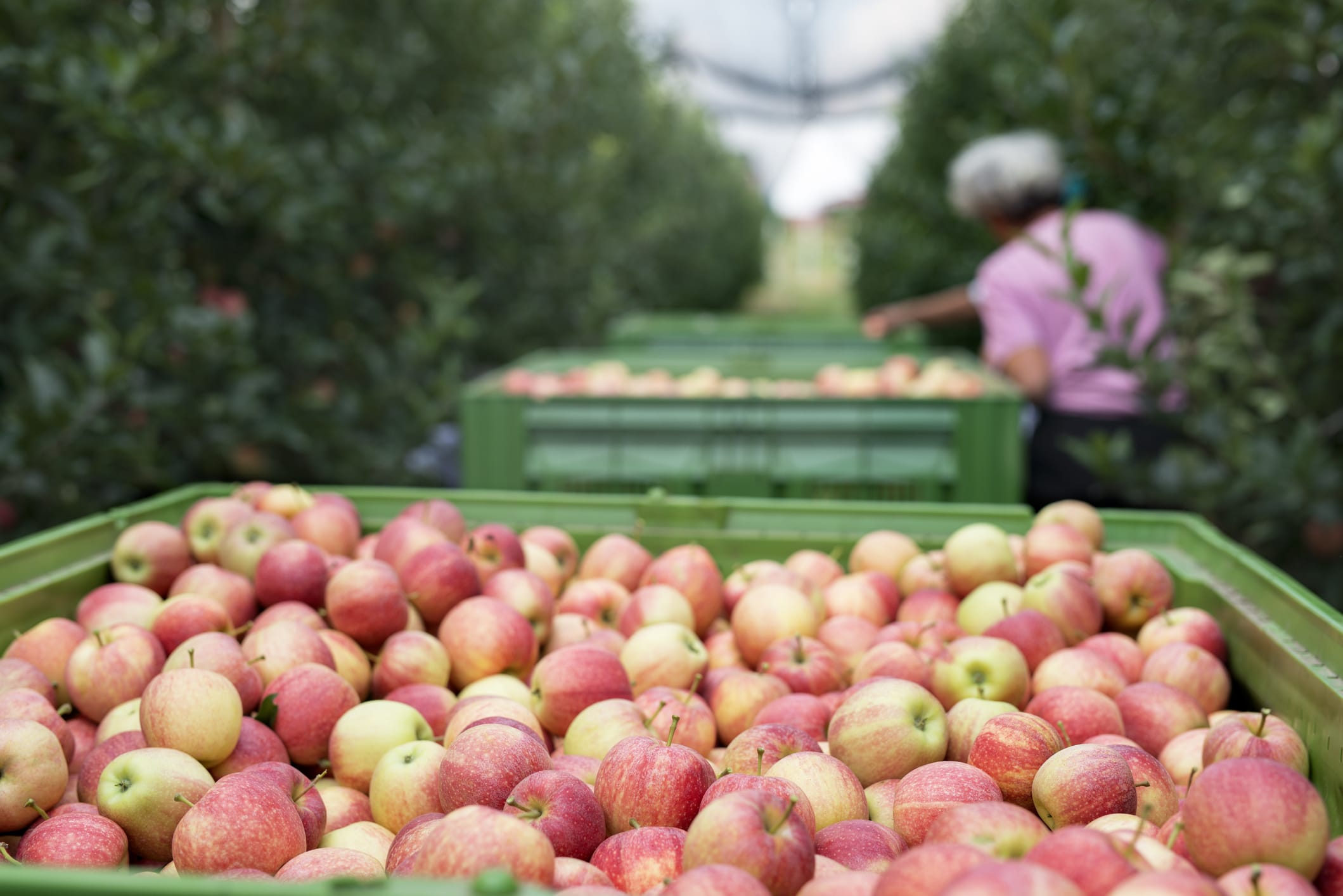Food security is likely to rank among the top technical and economic issues affecting global populations through the 21st century. And as we work our way in real-time through the current COVID-19 crisis, it is becoming increasingly apparent that the biggest challenge around food security is not simply a matter of having the right amount of supply. It is about matching supply to demand, at the right time.
That demand is quite fragmented. When we think of food demand, the first thing that usually comes to mind is the household consumer and their weekly trip to the grocery store. But the demand side of the agriculture equation includes many factors beyond domestic consumption. There are schools, restaurants, conference and event facilities, and other interests that need to be added to the balance sheet. When the demand across many of these sectors drops to nearly zero, as we are seeing now, it presents a significant challenge to those involved in food distribution. And to those who quantify the risk around food security.
What the pandemic has made clear is that the standard risk management techniques are not sufficient to monitor the type of volatility that the world is experiencing today. Instead of attempting to construct the perfect supply or demand “model,” which tends to be fairly rigid and inflexible, an approach that is data driven while still respecting the full range of possibilities is a more prudent way to manage risk and respond to volatility. Optimization in the name of efficiency under the guise of supply chain optimization keeps things running smoothly, until it doesn’t.
So, it is time to start to view risk through a different lens.
We propose that we use our data-driven models as a guide, but then build in the flexibility to incorporate human decision making to adjust our assumptions when conditions change. By doing so, our models and related analytics will be in a better position to respond to uncertainty.
This requires a balance of quantitative rigor and deep subject matter expertise, and we can look to the world of finance and the rise of “quantamental investing” as a guide. If we scan the agricultural technology spectrum, we find that some enterprises on the supply side of agriculture are starting to make use of alternative data and techniques which are traditionally housed in the decision and data science domains. The goal is to aid in directing applied research and risk management.
We have also started to witness the shift back from a purely algorithmic decision-making process to one built upon combining data science with more fundamental knowledge based on subject matter expertise. Companies are now not only managing supply chains by tracking price, distribution, and availability, but also monitoring weather, crop development, and social trends in real time. We believe that the “sweet spot” with respect to decision making sits in the middle — combining quantitative rigor and large datasets with the domain knowledge of the experts.
As global food and natural resource security become increasingly prominent for agribusiness corporations and financial institutions, analysts and risk managers should be considering such a hybrid approach to risk management. This will hopefully serve as an effective method for early anticipation and proactive risk management/detection. The COVID-19 pandemic will undoubtedly, and unfortunately, not be the last episode to challenge food security.
At the end of the day, any model is just that — an attempt to represent the real world numerically. However comprehensive our models may be, they can never represent all of the variables that occur in the face of catastrophe, as many if not most decisions are still ultimately made by humans, and the rationality or irrationality of our species is not so easily captured.
Former U.S. Secretary of Defense Donald Rumsfeld famously highlighted the importance of “unknown unknowns.” It perhaps has never had more resonance than in the current crisis we are experiencing. On our end, we plan to analyze data from the current crisis in the coming few months. To do it right, it will require science, subject matter expertise, and a large dose of humility.
Michael Ferrari is the Global Head of Climate and Agronomic Decision Sciences at Syngenta and a Senior Fellow at Wharton Customer Analytics. Raghuram Iyengar is Miers-Busch W’1885 Professor and Professor of Marketing at the Wharton School of the University of Pennsylvania and Faculty Director of Wharton Customer Analytics.

























